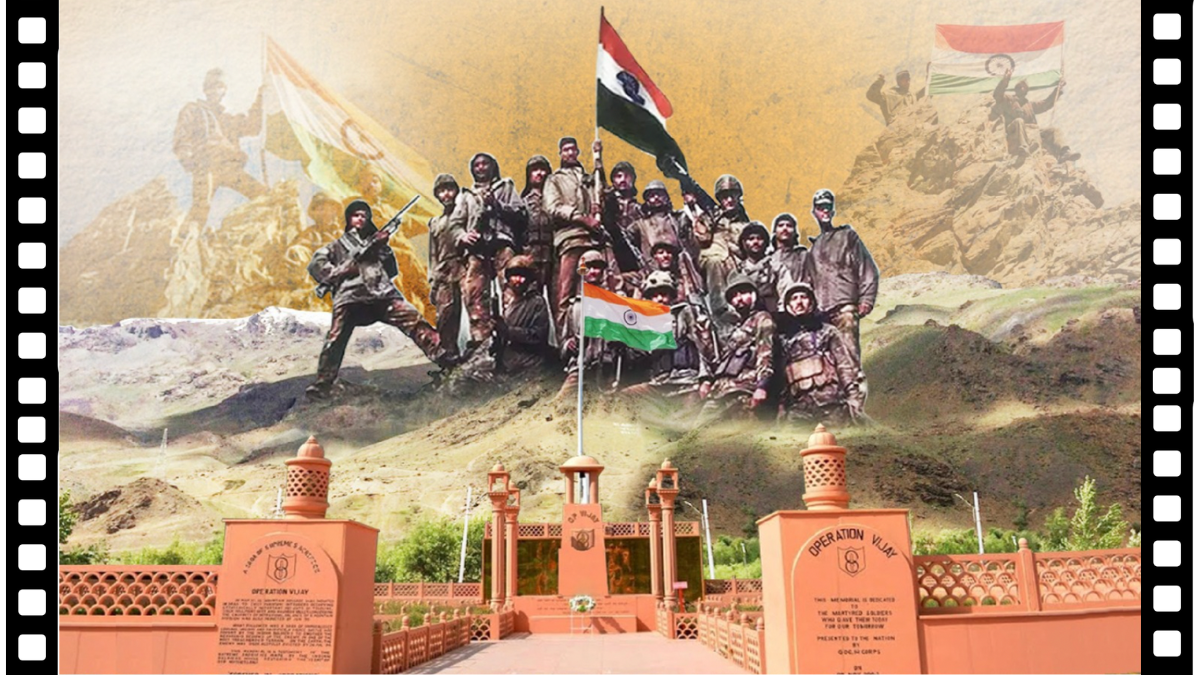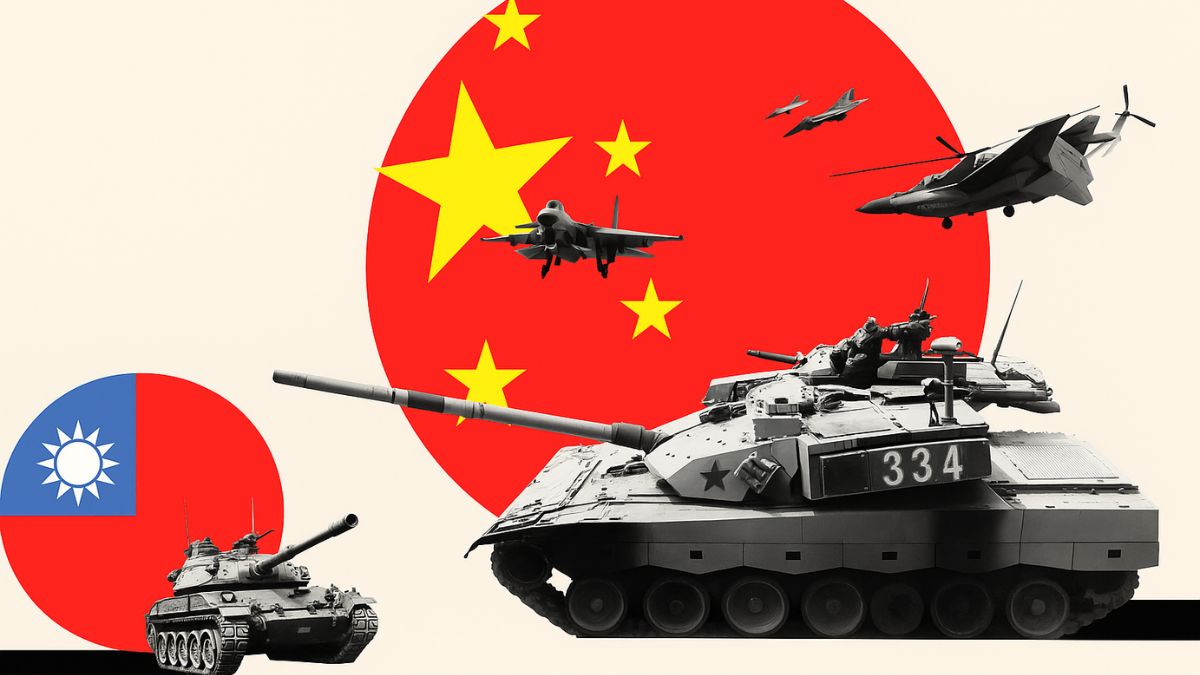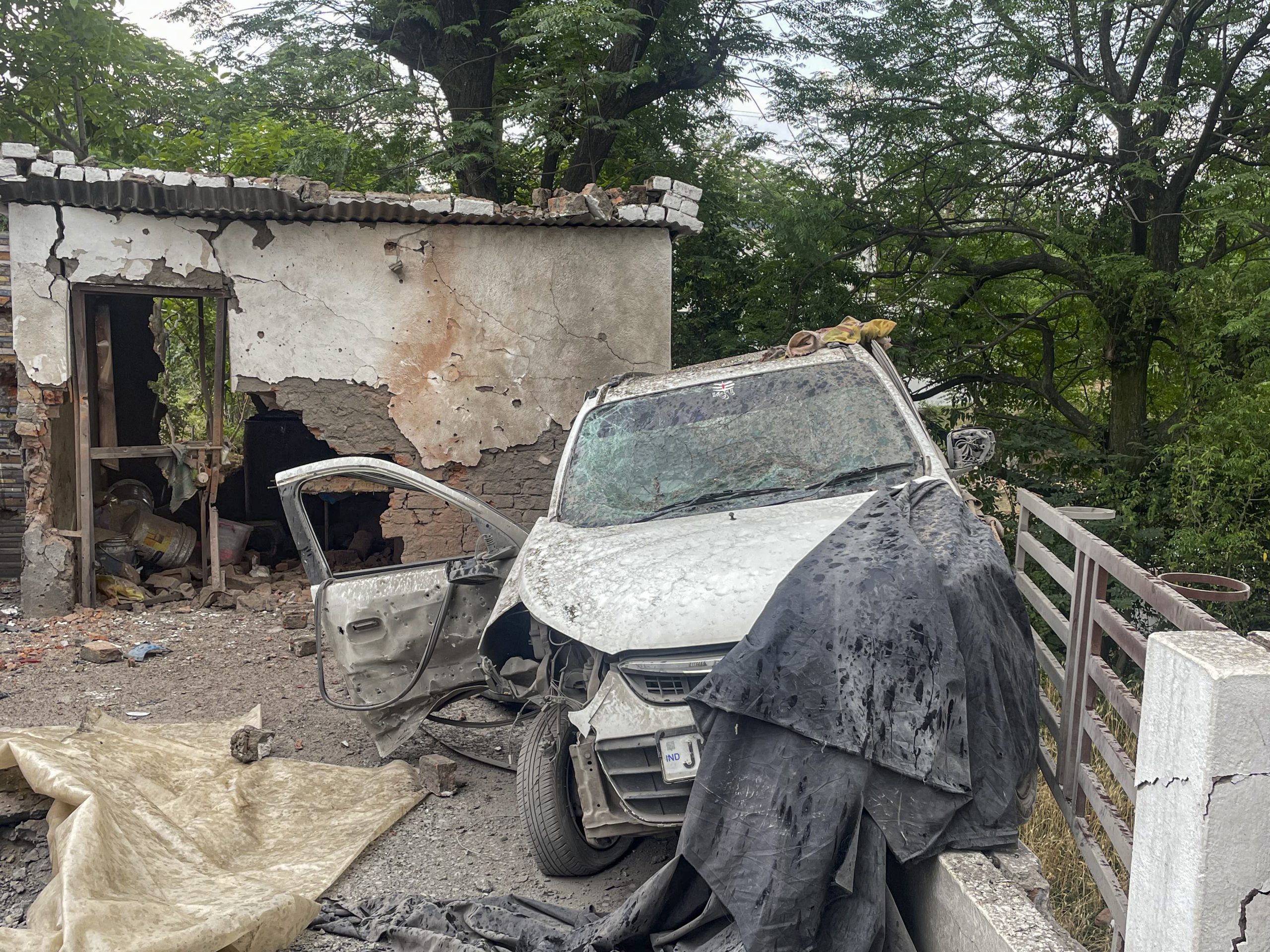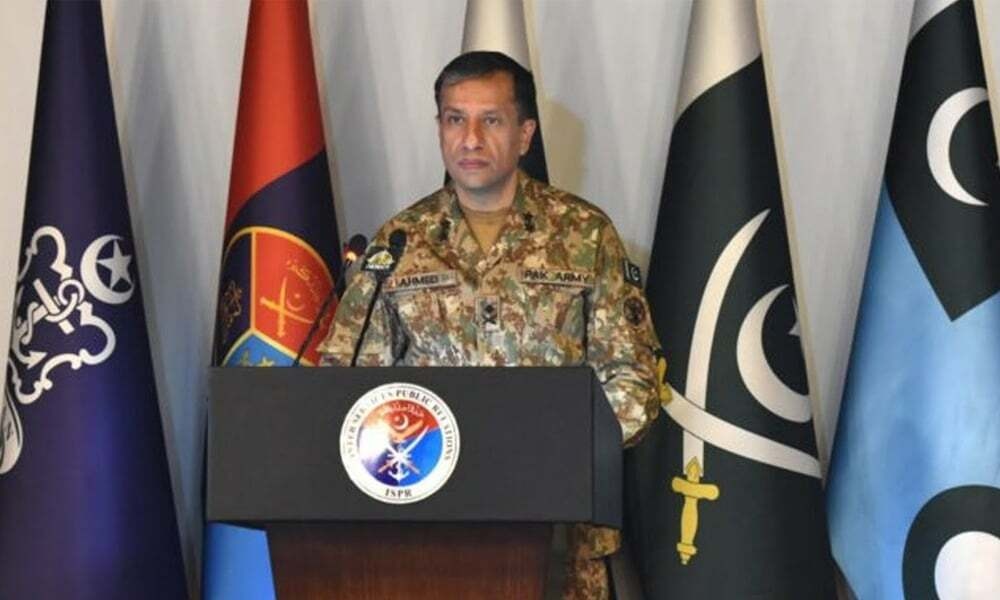Op Vijay: How the Indian Army’s Bravery Turned The Tide in Kargil

The Indian Army's assault turned the tide of the Kargil War. However, the war also changed the force. Image courtesy: Instagram/gallantryawardsin
Every year on July 26, India commemorates Kargil Vijay Diwas, honouring the courage, professionalism, and tactical excellence demonstrated by the Indian Army during Operation Vijay.
Fought from May to July 1999 in the challenging terrain of Kargil in Ladakh, the conflict tested India’s military capabilities under extremely high-altitude conditions and intense enemy fire.
In the early months of 1999, Pakistani troops, primarily from the Northern Light Infantry, infiltrated across the Line of Control (LoC) into positions vacated by Indian troops during winter. Their deception was strategic— to dominate key mountain heights overlooking the vital Srinagar-Leh highway, disrupting India’s crucial logistical supply routes.
How did India respond to the intrusion?
India’s response, Operation Vijay, involved swift mobilisation and the recapture of key peaks. The operation notably showcased the Indian Army’s bravery and tactical acumen in high-altitude warfare, unprecedented in modern Indian military history.
One of the earliest significant victories was the recapture of Point 5140 by the 13 Jammu and Kashmir Rifles, led by then-Lieutenant Vikram Batra. The successful assault on June 20, 1999, paved the way for subsequent victories at Tololing and Tiger Hill, which were crucial in regaining momentum and morale. Batra was later posthumously awarded India’s highest military honour, the Param Vir Chakra, for extraordinary bravery.
Simultaneously, in the fiercely contested Batalik sector, Indian troops showcased outstanding tactical skills. The soldiers from the 1 Bihar Regiment and 5 Para Regiment captured Points 4700 and 4590 after intense fighting, significantly weakening the enemy defences. Their professionalism and bravery disrupted Pakistan’s logistical lines, ultimately limiting their ability to reinforce positions.
Another critical battle took place at Khalubar Ridge, where soldiers of the 1/11 Gorkha Rifles, under Captain Manoj Kumar Pandey, carried out one of the war’s most challenging assaults. Despite severe injuries, Pandey continued to lead his troops, securing the crucial objective before succumbing to his wounds. He, too, received the Param Vir Chakra posthumously.
Meanwhile, in the inhospitable Mashkoh Valley, units including the 2 Naga Regiment and the 2 Garhwal Rifles engaged the enemy amid heavily mined areas and constant artillery shelling. Their persistent operations ensured that Pakistani forces remained occupied across multiple sectors, effectively thinning the enemy’s strength elsewhere.
An equally significant battlefront was Point 5353, strategically located along the LoC in the Mushkoh Valley. Although not completely captured during active operations, the Indian Army neutralized its operational utility through sustained artillery bombardments, preventing Pakistan from leveraging its strategic location effectively.
What role did the Indian Air Force’s Op Safed Sagar play?
The Indian Air Force’s complementary campaign, Operation Safed Sagar, further demonstrated inter-service coordination and military professionalism.
Over 550 air sorties involving MiG-21, MiG-27, Mirage 2000 fighter jets, and Mi-17 helicopters targeted enemy bunkers, artillery positions, and logistics routes, significantly supporting the Army’s ground operations.
How did Kargil War change Indian Armed Forces?
The Kargil conflict also catalysed crucial reforms within the Indian military apparatus. The formation of the Kargil Review Committee, chaired by strategic analyst K. Subrahmanyam, recommended sweeping changes in defence preparedness, intelligence gathering, and inter-service coordination. Eventually, these reforms led to the establishment of the Integrated Defence Staff and the creation of the post of Chief of Defence Staff (CDS), enhancing coordination among the Army, Navy, and Air Force.
The war concluded with the recapture of Tiger Hill on July 4, 1999, marking a decisive strategic and symbolic victory. Official Indian figures report 527 fatalities and 1,363 wounded soldiers. Pakistani casualties were substantially higher, with official estimates around 700 fatalities, although independent estimates suggest considerably greater losses.
Now, as India commemorates Kargil Vijay Diwas 2025, the country remembers these real-life heroes whose documented bravery, sacrifice, and professional excellence decisively shaped the war’s outcome. The Indian Army’s exceptional performance under extreme conditions is a lasting testament to its dedication and capability, emphasising India’s resolve to defend its sovereignty at any cost.
(Updated with new image and X posts.)







